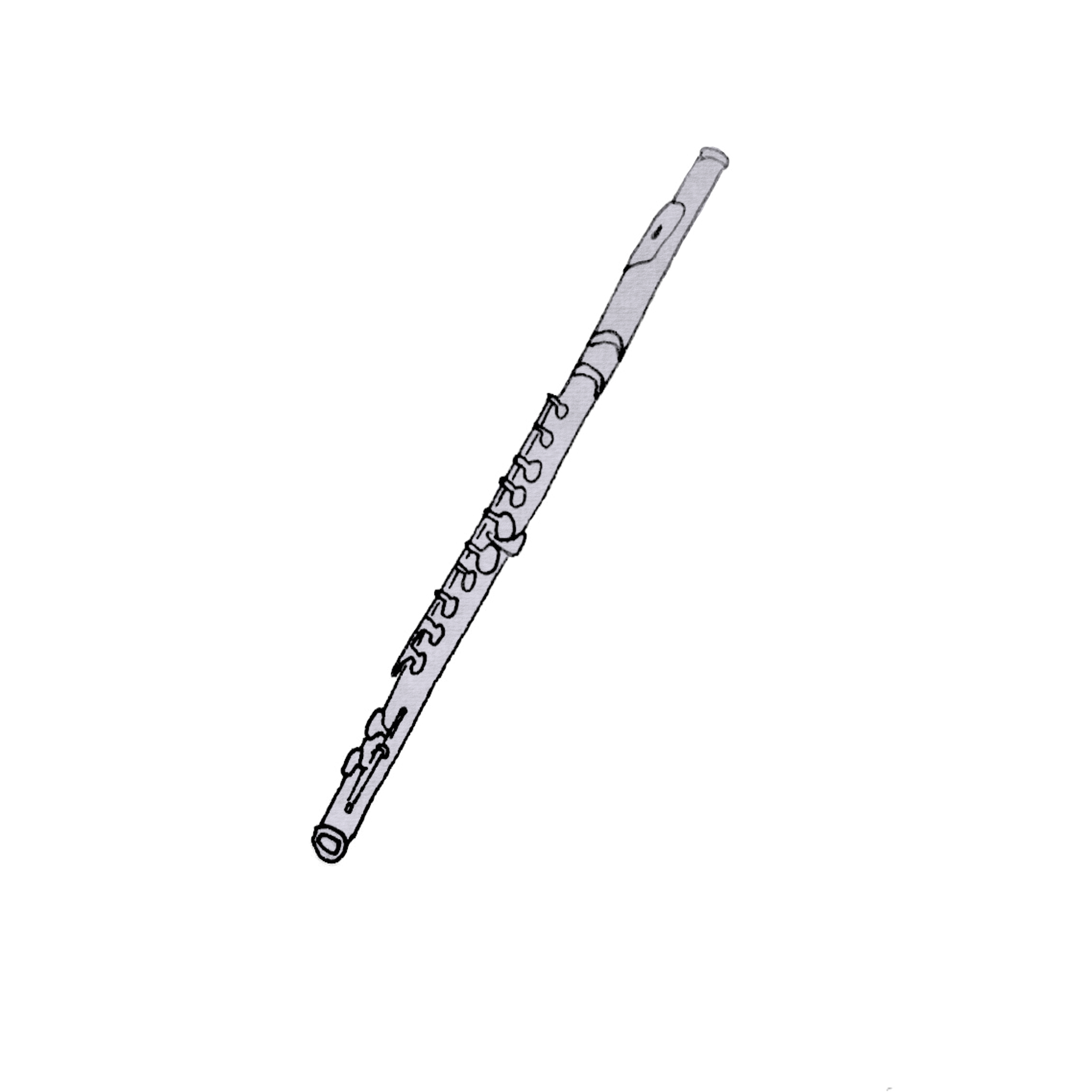Woodwind instruments
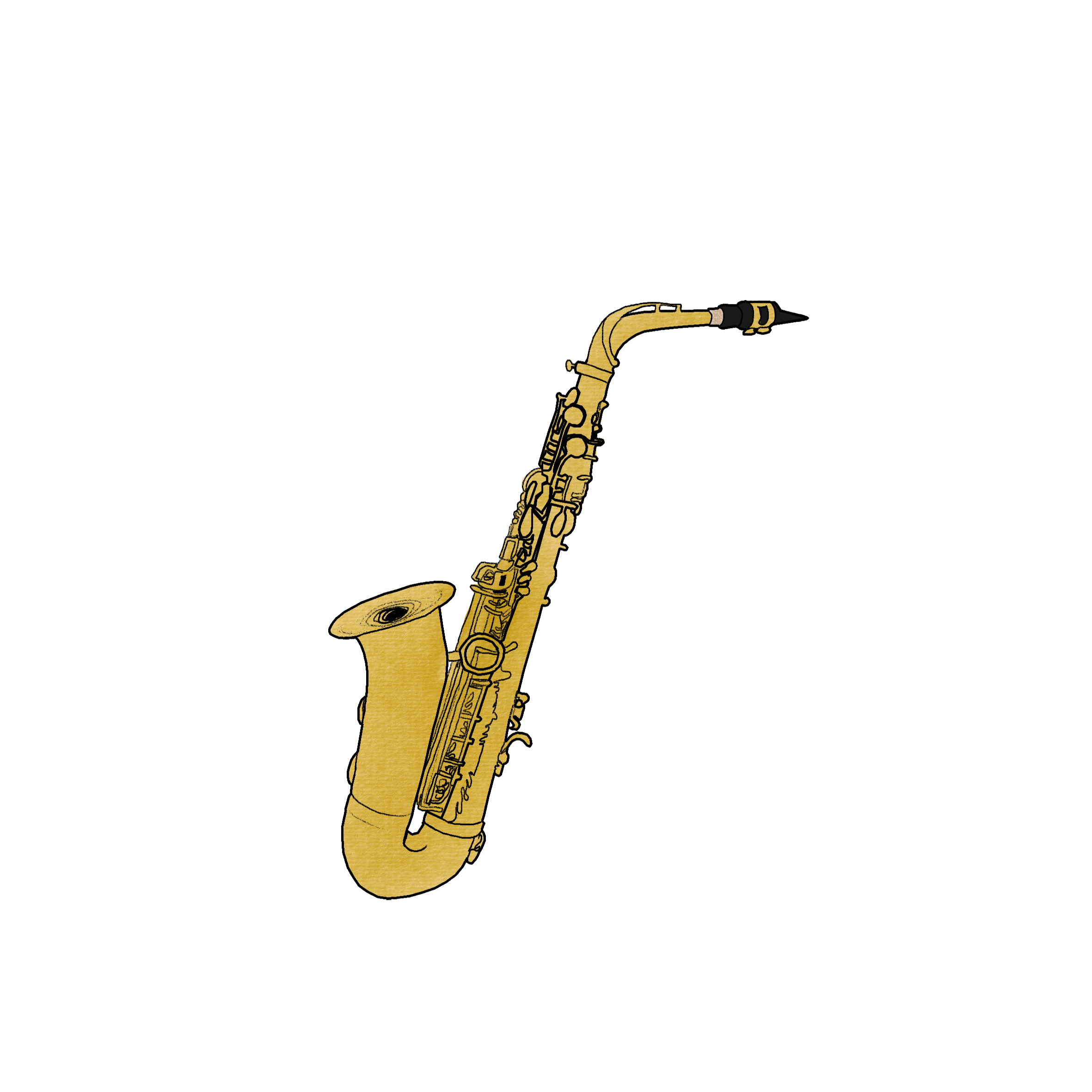
The saxophone, flute, oboe, clarinet, and bassoon fall under the category of woodwind instruments.
Bassoon
The bassoon is a large instrument, and students need to have reached a certain physical maturity to handle it. This is especially true for the hands, which need to be a minimum size. Typically, students need to be around 12-13 years old to start learning the bassoon. However, there are many cases where older students have successfully begun their bassoon studies. It's recommended that students intending to play the bassoon learn another instrument first to, among other things, become skilled at reading music. Clarinets and flutes are common choices, though there are many examples of piano or string students switching to the bassoon with great success. Since bassoons are expensive, it's most common for music schools to provide instruments for beginners. Bassoons are made either from wood or plastic. Plastic instruments are cheaper and thus suitable for school use. All bassoons are the same size, but there are models designed for small hands, making them good for the youngest students. The bassoon is primarily used in symphony orchestras, brass bands, and a variety of chamber music.
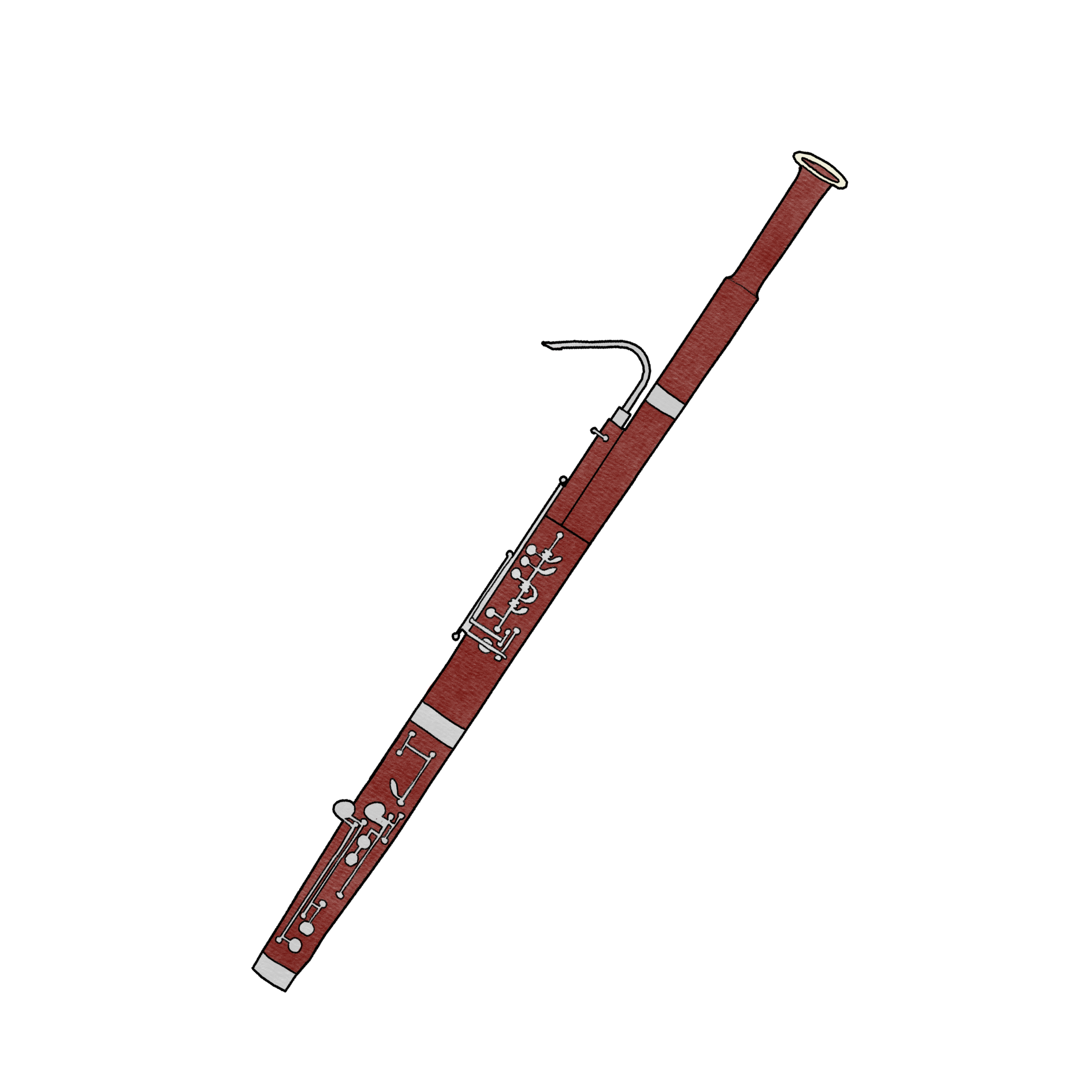
Clarinet
The clarinet is used in various types of music but is most often found in classical music. Its range is wide, nearly four octaves, and it has a very broad dynamic range. The clarinet family includes twelve instruments: the E♭ soprano clarinet, B♭ soprano clarinet, A sopranino clarinet, D clarinet, C clarinet, B clarinet, A clarinet, A basset clarinet, F basset horn, E♭ alto clarinet, B♭ bass clarinet, E♭ contra-alto clarinet, and B♭ contrabass clarinet. Most clarinet students start with the B♭ clarinet. The A clarinet is often used in classical music, making it essential for advanced students and professional musicians. It's also advisable for students at higher levels to become acquainted with and possibly specialize in one of the following: the E♭ sopranino, bass clarinet, or basset horn. Most children can start learning the B♭ clarinet around 8-9 years old, though this depends on the individual's physique and finger size. Smaller instruments, like the C clarinet, are available, allowing students to start as young as 7 years old. Those starting on such instruments can later switch to the B♭ clarinet.
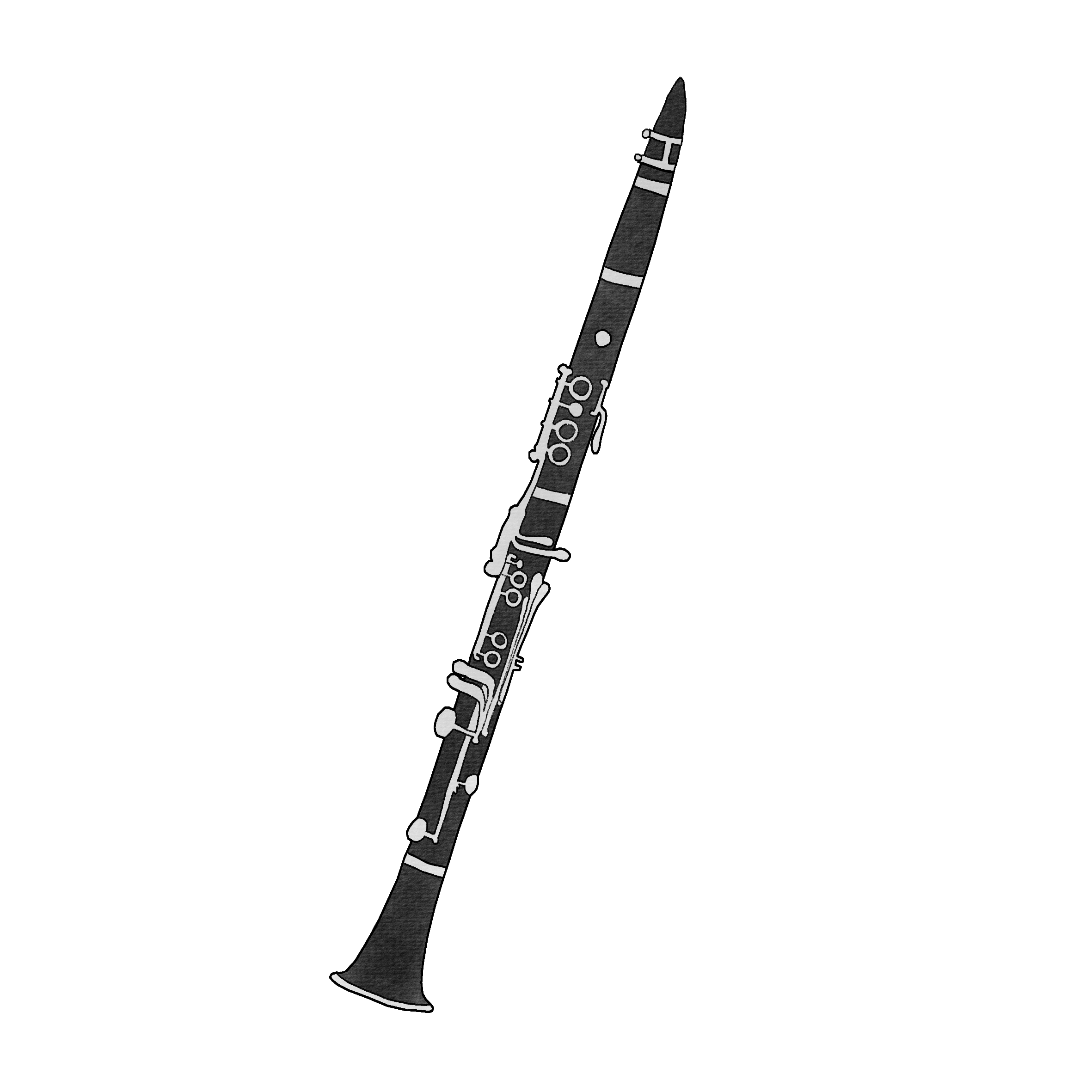
Oboe
The oboe often lags behind other wind instruments in terms of student numbers. This can be attributed to several factors, such as the scarcity of quality instruments, high prices for beginner instruments, and possibly insufficient promotion of this melodious instrument. Generally, students start learning the oboe between the ages of 9 to 12, although there are many cases of students starting earlier. If a teacher feels a student does not have the physical capacity to play the oboe, the gap can be bridged with another instrument temporarily. Learning the oboe is not much different from learning other instruments. However, the importance of the oboe reed, or tone generator, cannot be overstated as it plays a significant role in the progress of learning. Therefore, it's crucial that students receive proper support and guidance in handling the oboe reed. At advanced levels, it's important for students to get training in reed making if possible. The oboe's sister instruments include the Cor Anglais and the oboe d’amore. Both instruments lead independent lives in the musical literature, making it essential for students to experience them firsthand if possible.
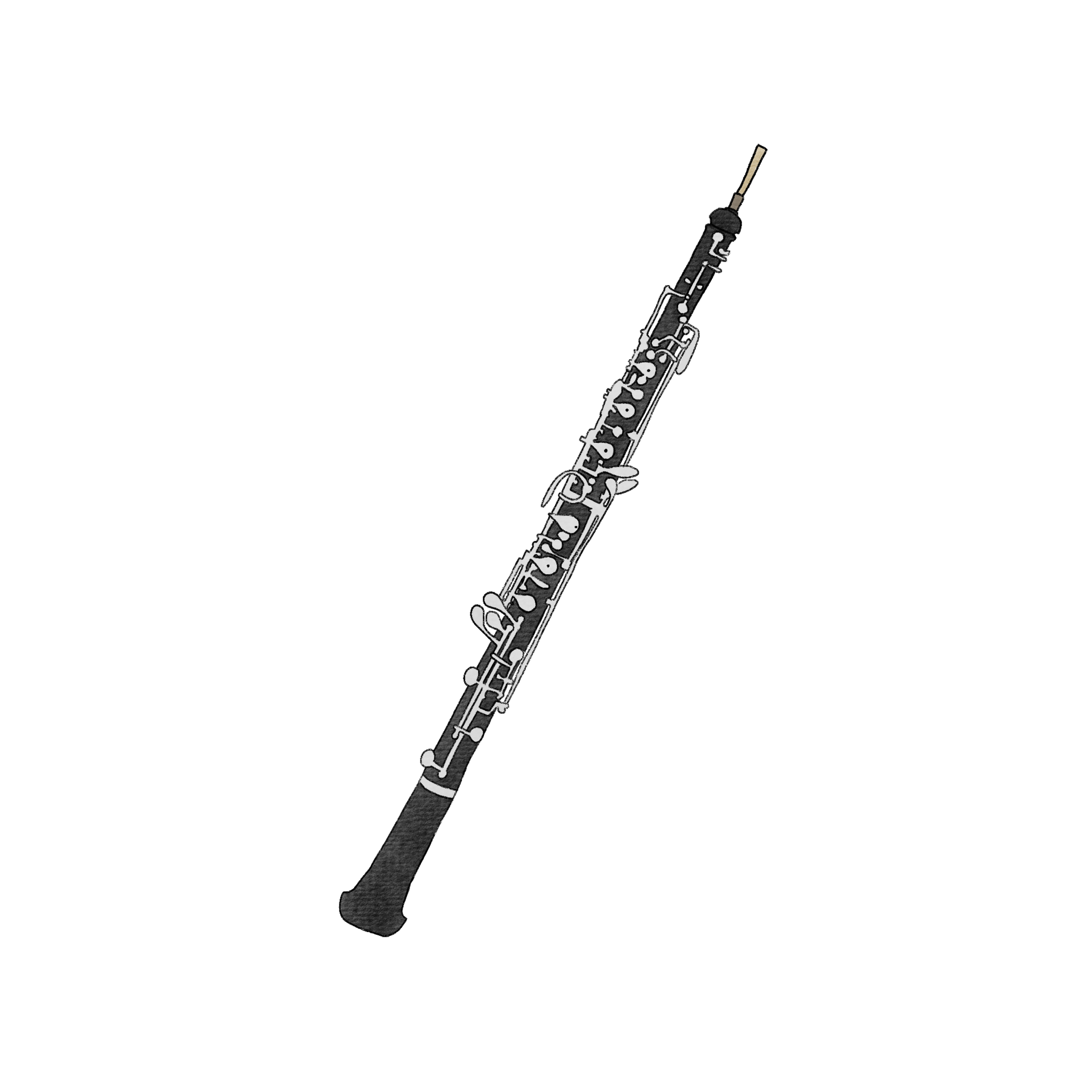
Saxophone
Students can start learning the saxophone once they are physically able to play and carry the instrument. It is most common for saxophone lessons to begin when students are between 10-12 years old. It's often advisable for students to first learn another smaller and more manageable woodwind instrument and then switch when the teacher thinks it's appropriate. This can be beneficial, but it's definitely not necessary. The most common types of saxophones are the soprano, alto, tenor, and baritone saxophones. Most classical saxophone repertoire is written for the alto saxophone, and most students learn on this instrument, especially those interested in classical music. Students planning to pursue advanced studies in classical saxophone should primarily use the alto saxophone at least from the intermediate level. The choice of saxophone is not as strict when it comes to jazz, pop, and rock music. Students focusing on these genres can choose any saxophone as their main instrument, but the alto and tenor saxophones are the most common choices. Learning in jazz, pop, and rock music follows the curriculum in rhythmic music. It's beneficial for all saxophone students to become familiar with more than one member of the saxophone family at some point in their studies.
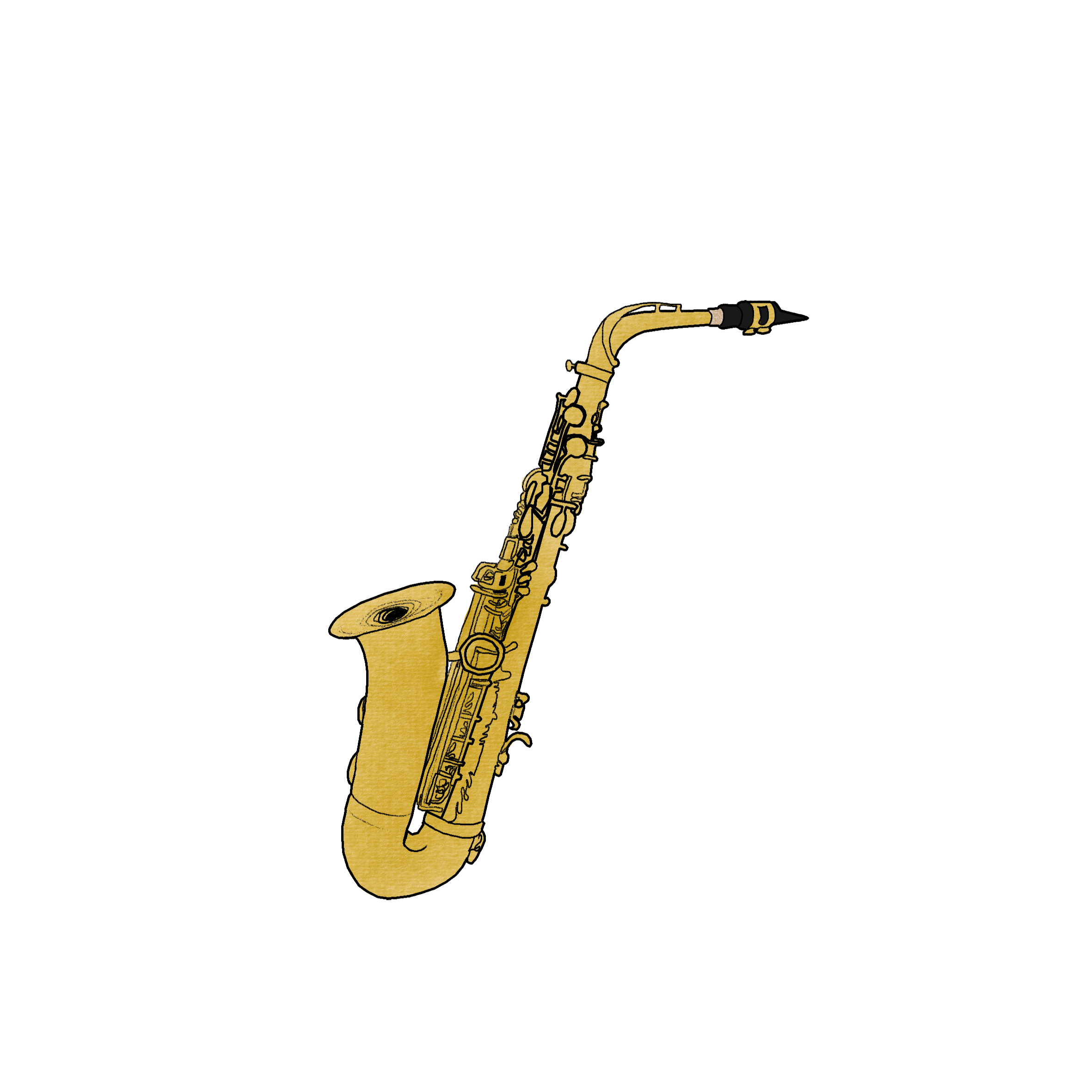
Flute
Students usually start learning the flute between the ages of 8 and 10, though there are cases where they begin earlier. Young students often find it difficult to hold a flute. If students start very young, it's essential to use a flute with a curved headjoint. It's important for the student to learn how to use their body naturally right from the start and to balance the flute without strain. Good posture helps achieve an open and relaxed tone. The flute family consists of four types: the piccolo, the concert flute (standard flute), the alto flute in G, and the bass flute in C. Even deeper flutes exist but are very rare. In advanced studies, it's beneficial for the student to become familiar with the piccolo, as it is widely used in both symphony orchestras and bands. Getting to know the alto flute is also valuable, especially for music from the 20th century.
